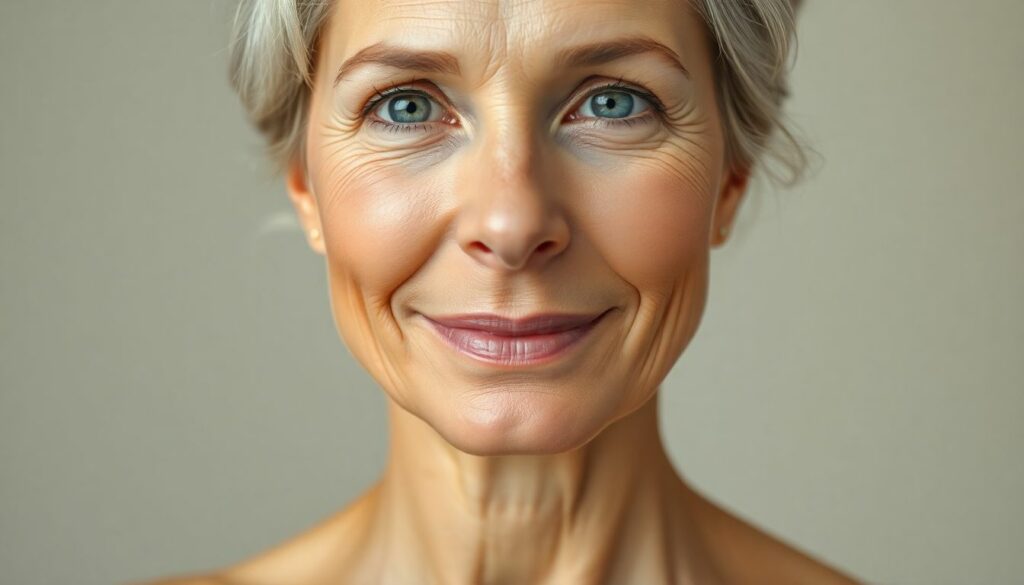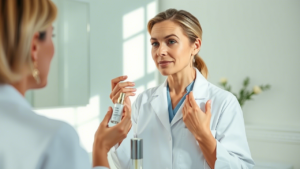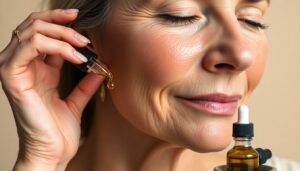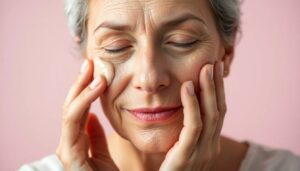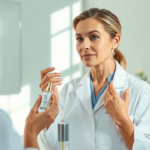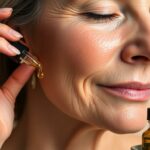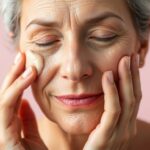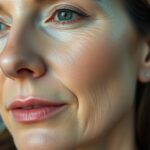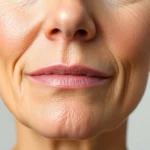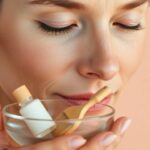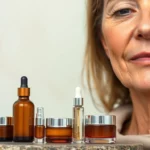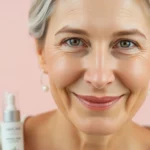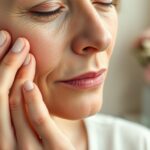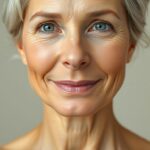Ever look in the mirror and notice fine lines appearing around your eyes? Or perhaps you’re not as bright-sided as you once were? Aging happens to everyone. However, there are things you can do to make your skin look good. Getting ahead of it makes a huge difference.
This guide will get you on your way to an amazing anti-aging skincare routine. Here are the most effective steps you can take. You’ll discover how to take care of your skin so that it remains healthy and youthful.
Understanding Aging Skin
Why does skin age anyway? It’s a combination of activities inside and outside your body. Factors like your genes matter. Your skin is also affected by your environment.
Types of Skin Aging: Intrinsic Aging vs. Extrinsic Aging
Aging may be categorized into two primary types: intrinsic and extrinsic. Intrinsic aging is what occurs naturally as you age. Extrinsic aging is from environmental aspects.
Intrinsic aging, however, has much to do with your genes. Your hormones change as you age, too. You produce less collagen in your body. Collagen helps to make your skin more taut. It becomes slacker as you get older.
Extrinsic aging occurs from the world around you. Sunburn is a major problem; too much sun is a big problem. Pollution harms your skin. Smoking speeds up the aging process. What you eat also matters. An unhealthy diet can age your skin.
Common Signs of Aging Skin
How do you know if your skin is getting old? Some signs to notice include:
Fine lines and wrinkles start to appear. Find crow’s feet beside your eyes. You might also see forehead lines.
Skin loses its bounce. It might start to sag.
Age spots or dark spots form. It is referred to as hyperpigmentation.
Skin gets dry. It may feel rough.
Your skin tone isn’t even. It can look blotchy.
THE CORE COMPONENTS OF AN ANTI-AGING ROUTINE
And there are a few essential anti-aging practices. These measures help keep skin healthy and looking good.
Cleansing — The Basis for Healthy Skin
Start with clean skin. Gentle cleansers work the best here. (So can harsh cleansers, as we have talked about before.)
Cleansing gets rid of makeup. It cleanses dirt and pollution. Find cleansers with hyaluronic acid. Ceramides and glycerin are good ingredients as well.
Have dry skin? Get a cleanser for dry skin. For oily skin, get an oily skin one. Combination skin? Get one for combination skin.
Exfoliation: Discovering Your Radiant Skin
Exfoliating helps your skin. It removes dead skin cells. This brightens your skin up. It additionally helps your products function better.
Exfoliants are divided into two types: physical and chemical. Scrubs = physical exfoliants. They use AHAs or BHAs as chemical exfoliants.
AHAs, such as glycolic and lactic acid, target lines and wrinkles. They also leave your skin feeling smoother. BHAs, such as salicylic acid, unclog pores. They help with acne.
Start slow when exfoliating. Do it once a week. Then, gradually do it more frequently. Watch out for irritation.
Targeted Treatments: Serums & Actives
Active ingredients and serums help with specific issues. They can have a significant impact on your skin.
Retinoids, such as retinol and tretinoin, stimulate your body to produce more collagen. This reduces wrinkles. Vitamin C protects your skin. It also makes it brighter. Peptides aid in collagen and tightening skin. Hyaluronic acid hydrates and plumps your skin.
These products are strong. Work them in to your routine gradually.
Moisturizers: Hydration Is Important
What if it’s super duper important — moisturizing? It keeps your skin healthy. It also protects it.
Occlusives, humectants and emollients all moisturize. Look for ingredients like ceramides, shea butter and hyaluronic acid.
Choose a moisturizer for your skin type. And also, consider the weather. In winter, you may require a heavier cream.
The most important step: Sun protection
Sunscreen is the most crucial step. It prevents aging. The sun is immensely damaging to your skin.
Apply a broad-spectrum sunscreen. This will shield you from all kinds of harmful rays. SPF 30 or higher is best.
Apply sunscreen every day. Put it on before heading outside. Reapply every two hours. Both physical sunscreens and chemical sunscreens work.
So what lifestyle factors can affect how our skin ages?
It is what you do every day that impacts on skin. Diet, sleep and stress all factor into the equation.
Diet and Nutrition
Eat healthy foods. Antioxidants help your skin. Essential nutrients are important too.
Antioxidant-rich foods include berries, leafy greens, nuts and seeds. Drink lots of water. Minimize sugar and highly processed foods.
Sleep and Stress Management
Get enough sleep. Manage your stress. Lack of sleep and stress can make your skin age.
Try to have 7-8 hours of sleep every night. Reduce stress through yoga, meditation, or deep breathing.
Developing A Customized Anti-Aging Regimen
Everyone’s skin is different. You must tune your routine to your skin type.
Identifying Your Skin Type
Figure out your skin type. Dry, oily, combination, sensitive?
Wash your face. Wait an hour. Your skin is considered dry if you feel tightness. If it’s shiny, it’s oily. If some areas are oily, and others, like the cheeks or around the eyes, are dry, then it’s combination. If it turns red easily, it’s sensitive.
Addressing Specific Concerns
What are your top skin concerns? Do you have wrinkles? Age spots? Dryness?
Wrinkles: Retinoids, peptides and hyaluronic acid. For age spots, apply vitamin C, AHAs, and sunscreen. For dry skin, look for moisturising ingredients.
Conclusion
Skincare does not have to be complicated. Understanding the basics puts you in control of your skin. Consistency is key. Be patient. You won’t see immediate results. Starting today, you’ll have healthier, younger-looking skin. Anti-aging skin care is a long game, not a short one.
